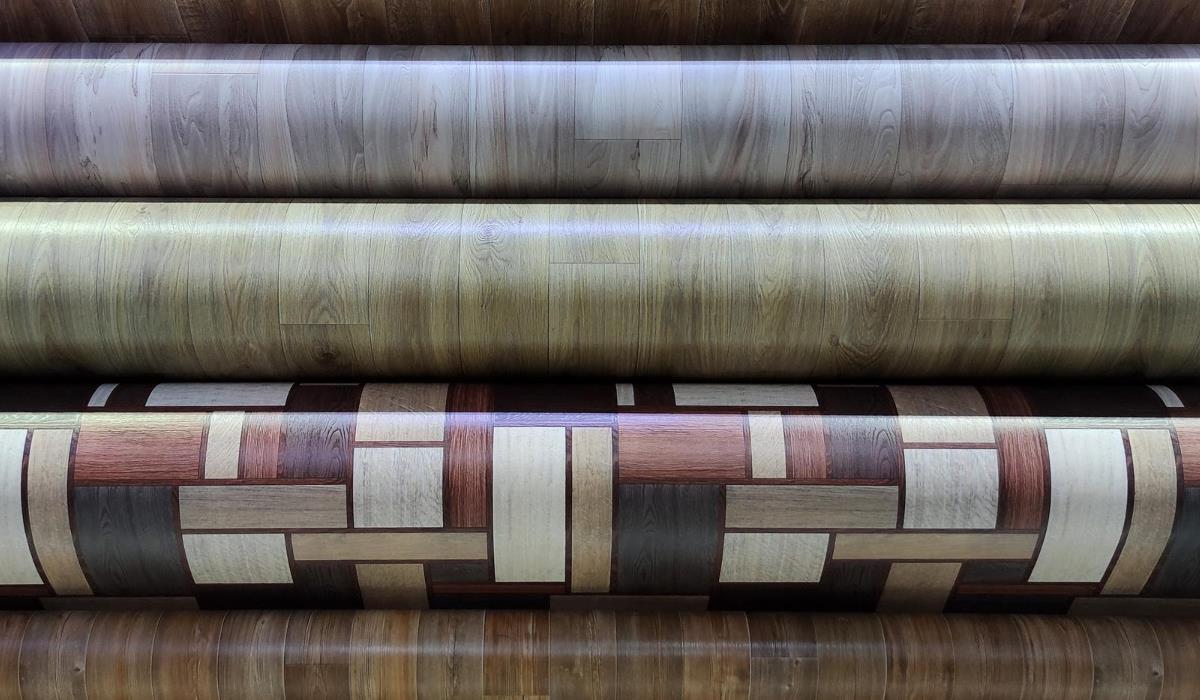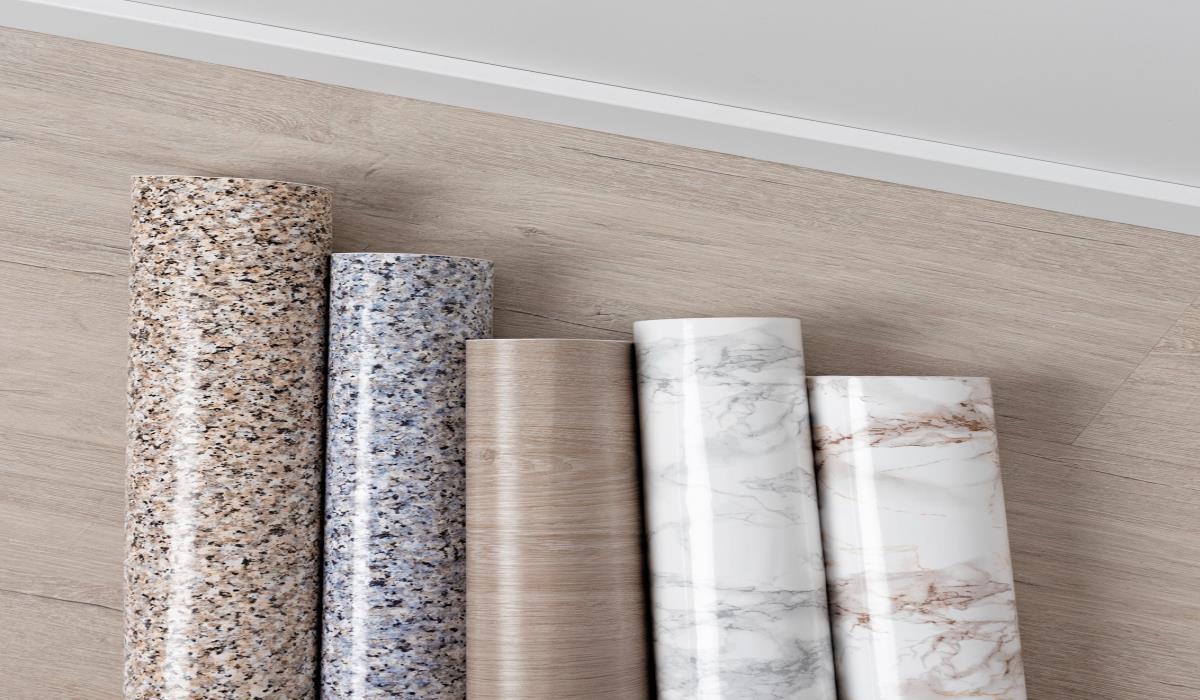PVC floor coverings, produced all over the world for many years, thanks to their operational parameters, wide range of applications and affordable price, are a commonly used finishing material in flooring. The rich design and various functional properties make it possible to arrange them in almost any room – from children’s bedrooms, through corridors with heavy traffic, to terraces and balconies.
There are different types of PVC floor coverings that differ in thickness, color and design. Thanks to this, it is easy to adjust them to individual aesthetic and functional preferences. Some PVC floor coverings, for example, are more flexible, which allows them to be laid on curved surfaces. Others are more resistant to abrasion and mechanical damage, making them suitable for places with heavy traffic.
Types of carpets
Due to the structure of the usable area, we distinguish two main types of floor coverings – smooth (PVC, linoleum) and carpet floor coverings. Thanks to a wide range and the possibility of individual design, PVC floor coverings enable the creation of unique floors in terms of aesthetics and functionality. They are particularly popular as floor coverings for kitchens, bathrooms, schools, offices and other public facilities.
PVC Layering
PVC floor coverings can be divided into homogeneous (single-layer) and heterogeneous (multi-layer) floor coverings. These usually consist of three layers: a primer, a printed foil (pattern) and a top layer of PVC foil. The wear layer is characterized by very good operational parameters, which allows it to effectively compete with single-layer floor coverings. It is worth noting that the carpets are often protected by the manufacturer, e.g. with polyurethane, acrylic, and also have special antibacterial additives.
PVC Carpets for special tasks

Technical floor coverings, a specific type of facility floor coverings, include e.g. antistatic, conductive, anti-slip or sports floor coverings. An important aspect in the installation of floor coverings is the proper preparation of the substrate and the use of materials of appropriate quality. The floor coverings are glued over the entire surface and the joints are welded using a floor covering welding rod.
What instead of PVC?
An alternative to PVC flooring is ecological linoleum, a natural floor covering produced. It is produced on the basis of ingredients of natural origin, such as linseed oil, wood and cork flour, resin, minerals and natural jute. Linoleum is suitable for both residential and public use. The homogeneous and compact structure makes it perfect for rooms exposed to intensive use. Antibacterial properties make this product especially recommended for apartments, health care facilities and kindergartens.
Carpet flooring
Carpet flooring is another popular choice, primarily characterized by high surface resistance, necessary in high traffic areas. Flame retardant, antistatic and hygienic certificates guarantee their safety and health in various types of facilities.
Carpet coverings are divided into loop, needled, cut (velor and saxon) and cut-loop (scroll). They are made of synthetic fibers such as polypropylene and polyamide. They are also made of wool and nylon, intended for use in prestigious facilities, such as exclusive apartments.
PVC Style

The colors of the floor coverings are dominated by calm pastel colors referring to nature, such as greys, beiges, navy blues, greens and earth tones. Smooth and one-color patterns, as well as those with a delicate geometric pattern, better mask dirt and impurities.
The choice of PVC, linoleum or carpet floor coverings, adapted to the needs and aesthetics of various spaces, allows you to create not only practical, but also visually attractive interiors. Appropriate use and professional installation are crucial to enjoy their durability and comfort of use for many years.



